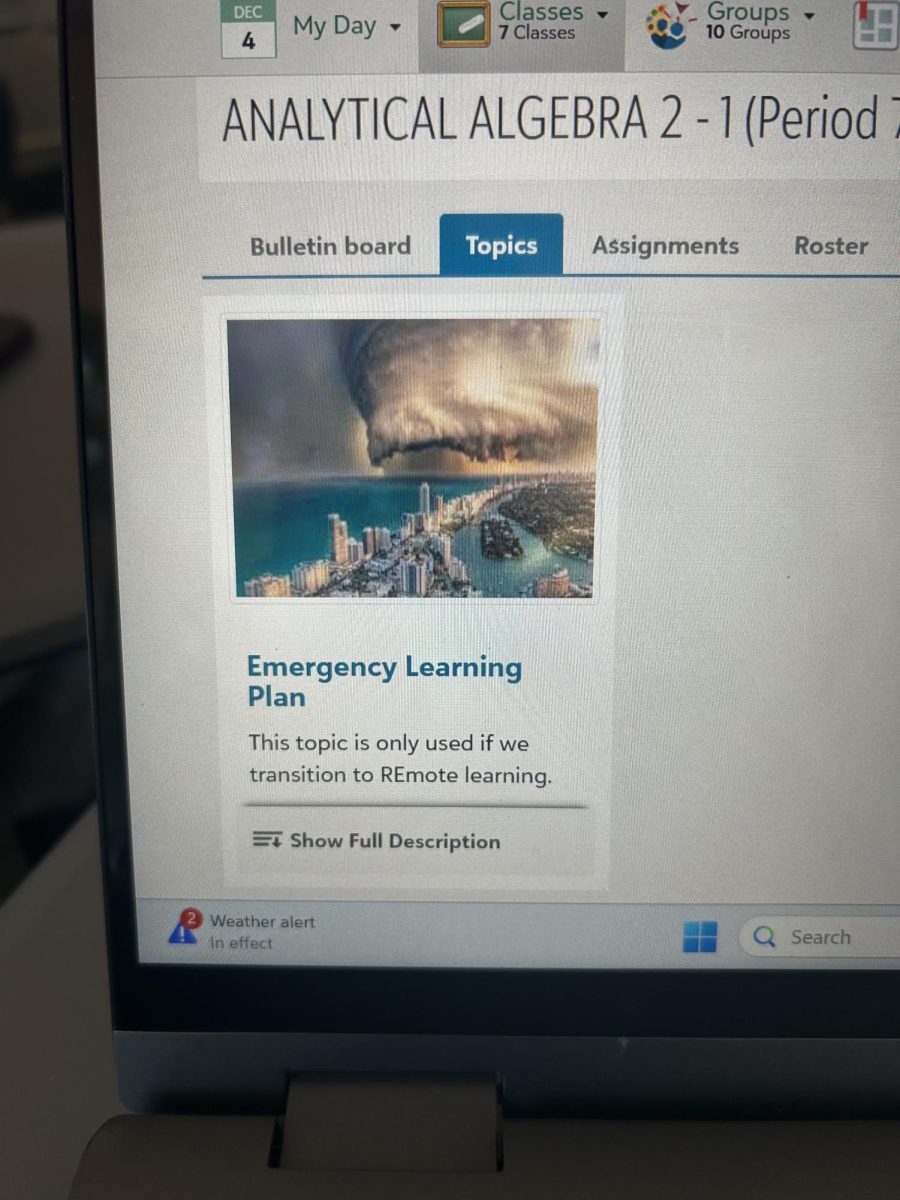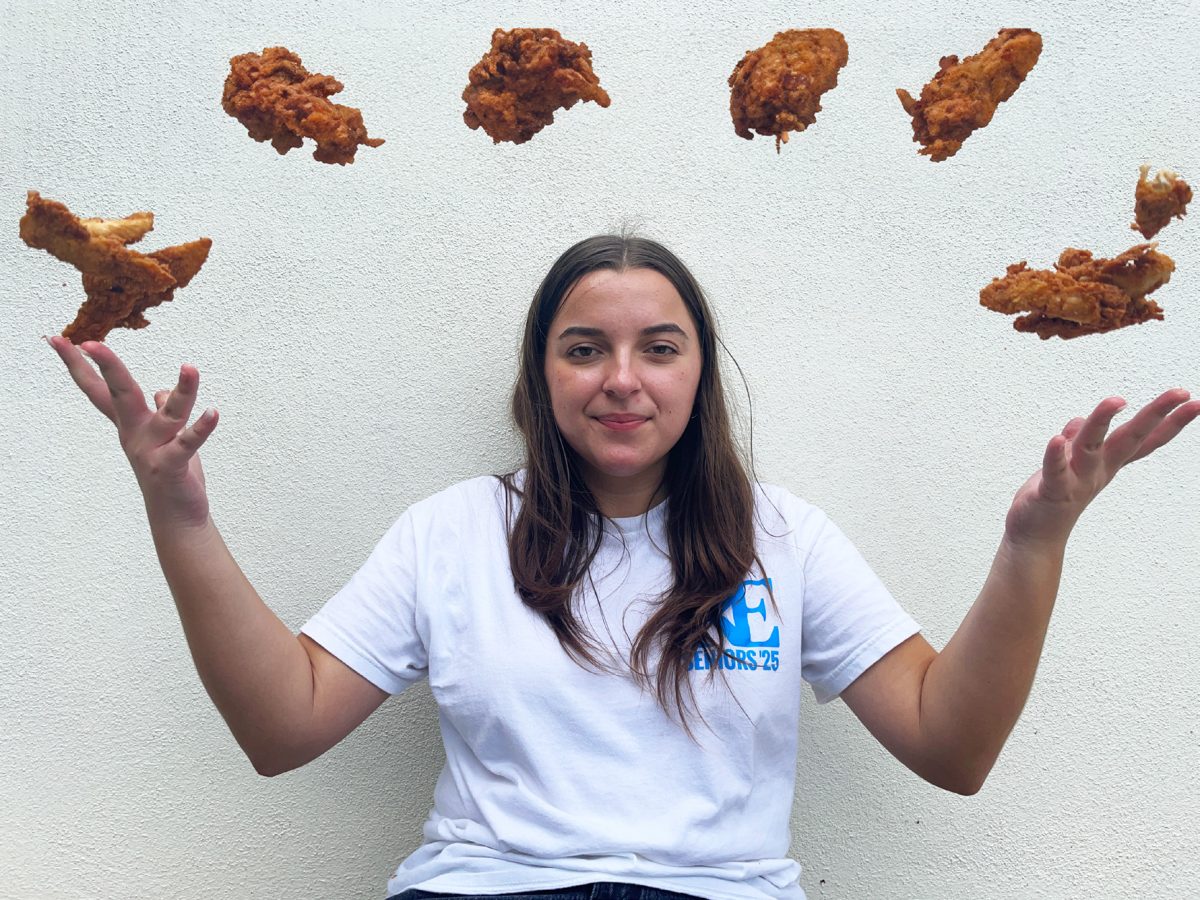Traditional news media is straight to the point. The second your eyes contact the page, they are immediately drawn to the bold headline that tells you, in as few words as possible, what you need to know. If you choose to continue, the first sentence will tell you more: who, what, when, why, how. You might even make it to the bottom of the paragraph, which might give you some context for the event at play. Journalists in the twenty-first century have been trained to combat the increasingly low attention span of the average news reader. They throw as much as they can at you as fast as they can, ensuring that whether you get an Instagram notification, watch three seconds of a reel, or simply become bored of reading, you are at least left with what’s important to know.
This is the current state of readership. Sitting down and reading the newspaper cover to cover is a thing of the past.
What the editors of The Catalyst love about The New Yorker is that it requires you to sit down. To take a moment and learn about something new. The New Yorker dedicates the time to produce the fullest picture, and it comes to life not just through their extensive word counts, but also through their thorough research and carefully thought-out form. The magazine does not care about what’s best for the sake of saving time; they care about what’s best for the message the story seeks to convey. Sometimes, this means a story is only a three-paragraph “Talk of the Town” piece, while other times it’s over 4,000 words. What makes The New Yorker so special is that it has maintained this philosophy well into the twenty-first century, holding on to the idea of a print publication serving as a source of knowledge but also delivering that knowledge in a distinctive, artful, and curated way.
For over a year, the current Catalyst editors have sat at numerous meetings where we simply asked the question, “What do students want to read?” When we thought about some of our favorite articles that we’ve read or produced ourselves, they almost always ended up being the colorful feature stories that weren’t necessarily breaking news, but rather deep dives into the nooks and crannies of our community. For me, it was a feature story I did about Alan Cohen, the founder of A.C.’s Icees, a legendary Coconut Grove icee stand that radiates an irreplicable sense of nostalgia. What I enjoyed most about that story was not the finished product, but the experience of writing it. The process allowed me to be curious, to dig deeper, and ultimately not just to deliver a timeline of his life, but a testimony to who he is as a person. So while this homage to The New Yorker is intended to entertain our readers, we also decided to do it because we wanted to inspire our writers. We wanted to give them the space to form a bond with their chosen topic.
We hope you enjoy reading this special issue as much as we enjoyed making it.
– Emma Dvorkin ’24, Editor-in-Chief






